In our March 2024 issue, we marked the passing of boat builder and designer Iain Oughtred. In the comments that followed my “From the Editor” column, several readers wrote about their experiences with Iain and the boats he’d designed. I took a special interest in this comment from Drew Britten: “You can add my BONNIE LASS to the number of Caledonia Yawls in the North Seattle area. I bought her in 2022 from a Camano Island man who bought her from Seattle’s Center for Wooden Boats (CWB) in 2014.” It’s the very Caledonia Yawl that I had written about in the March issue and which inspired me to build my own 19 years ago. When Peter Mumford sailed ERIKA, her mainsail was a standing lug. It was later replaced with a balance lug and the Caledonia Yawls that followed also carried a balance-lug main, which had a boom that increased the spread of the sail for better performance off the wind.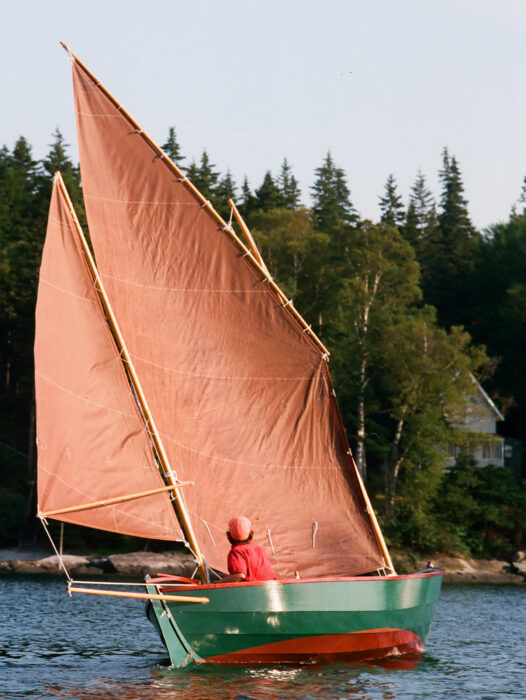 Courtesy of Peter Mumford
Courtesy of Peter Mumford
Join The Conversation
We welcome your comments about this article. To include a photo with your remarks, click Choose File below the Comment box.
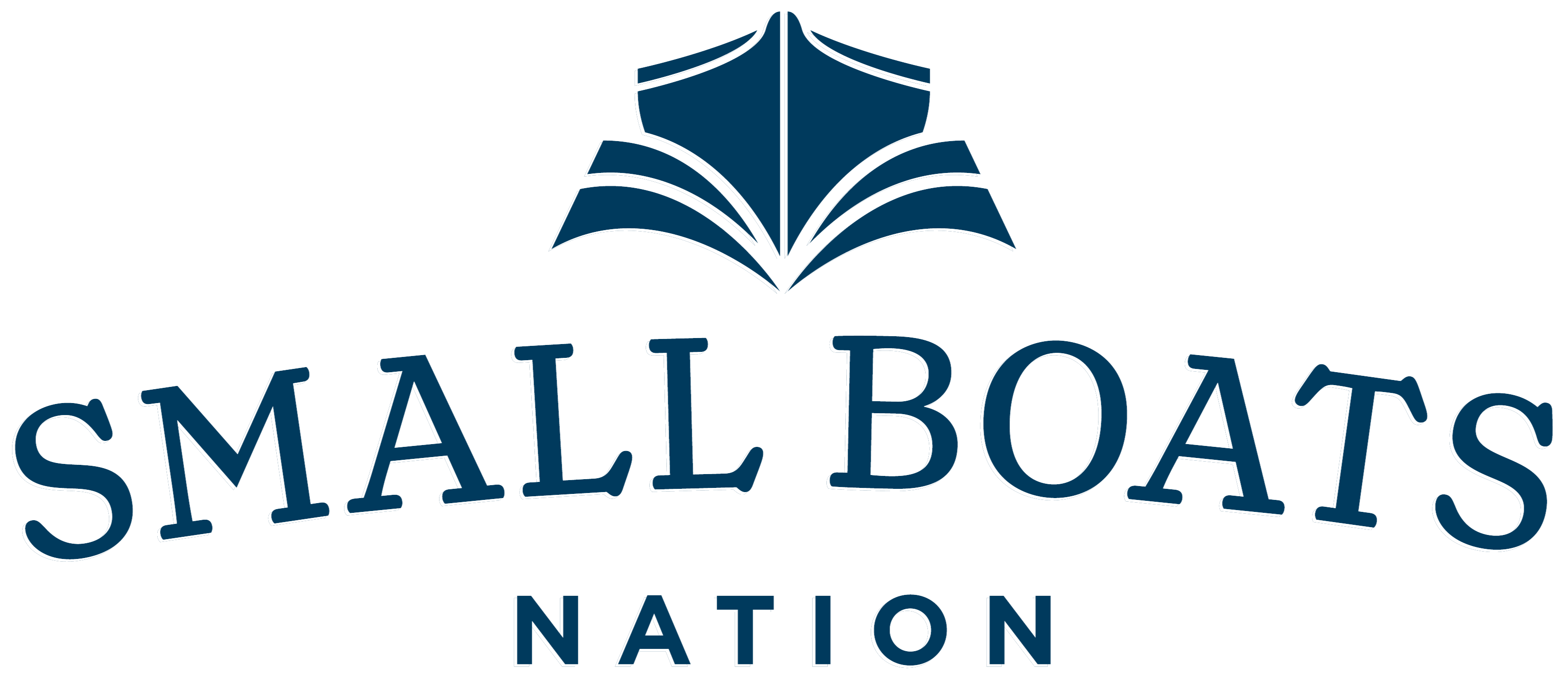
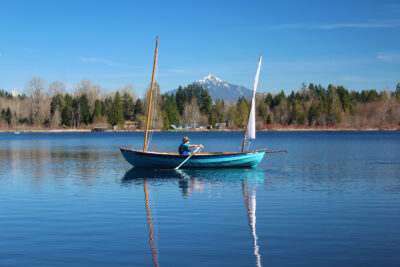
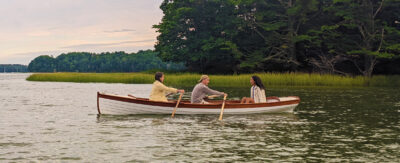

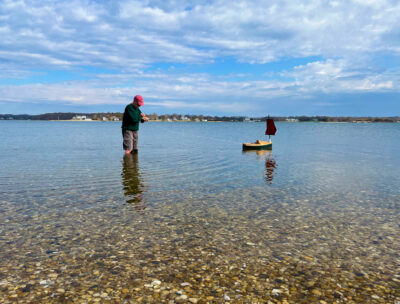
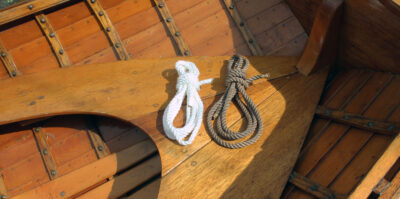
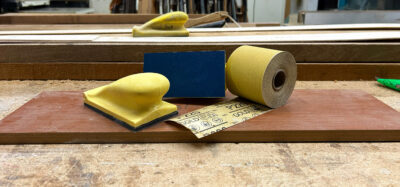
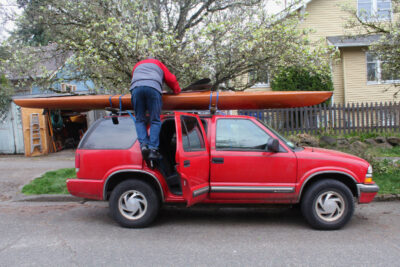
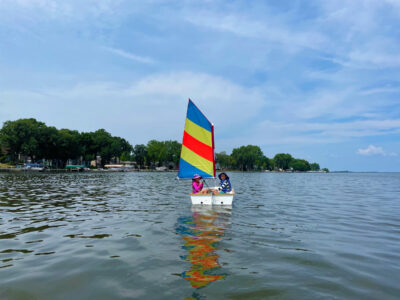


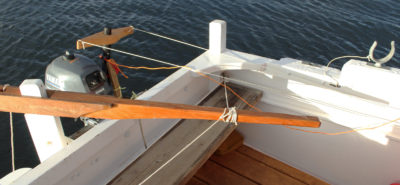
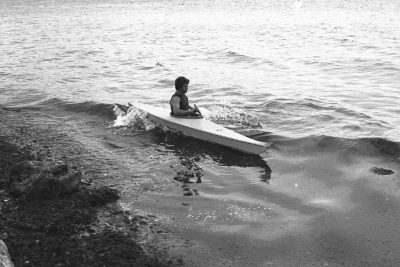
In addition to being the first hull of the design, and therefore of historical interest, the boat is also a testament to the potential longevity of glued-plywood small-boat hulls. I often hear criticism of this construction type – that it won’t last – but this boat shows that with a modest amount of maintenance, such hulls can have a long life under sometimes hard service.
I couldn’t agree more, Alex. At 35+ years since her launch, the hull is remarkably sound. And that’s with 20 of those years in the CWB rental fleet, where she got much more abuse than a personal boat would, and most of their boats are tied to the dock without a cover, where they instead rely on volunteers to pump rainwater from the bilges after a shower.
Looking at rig, design and solutions of connecting thwarts and beams at this Caledonia Yawl makes the development of boat design very visible during the years. If one would look at Iain’s actual boat plans you could find very nicely defined pieces of wood that support thwarts and connect them to the hull. Beams are reduced to the height of the floorboards and (centre) thwarts would be in one piece to reinforce the hulls overall stability. Boatbuilders would possibly add buoyancy by closed compartments under the longitudinal seats or fore and aft, what Iain later implemented as a variation in his plans. This very first boat and the boatbuilder’s way to implement all structural parts wonderfully shows the very beginning of all these steps. For my own work designing a plywood boat from a traditionally built working boat means carefully taking care of the Boat types often regionally artisan-crafted parts and building techniques, translating them into modern boatbuilding – Iain Oughtred was a master in doing that. At the same time the mizzen mast and the type of rig shows that being open to new deas adds value for handling a small boat and create a successful design. Thanks for sharing the beginning.
Can you make a lazy jack for a lug rig? If so, how?
The Caledonia grabbed me a while back. The video series how to build her at Off Center Harbor reply fired my desire to build/have one. “Some day” as my 58′ requires all my attention for now..:-)